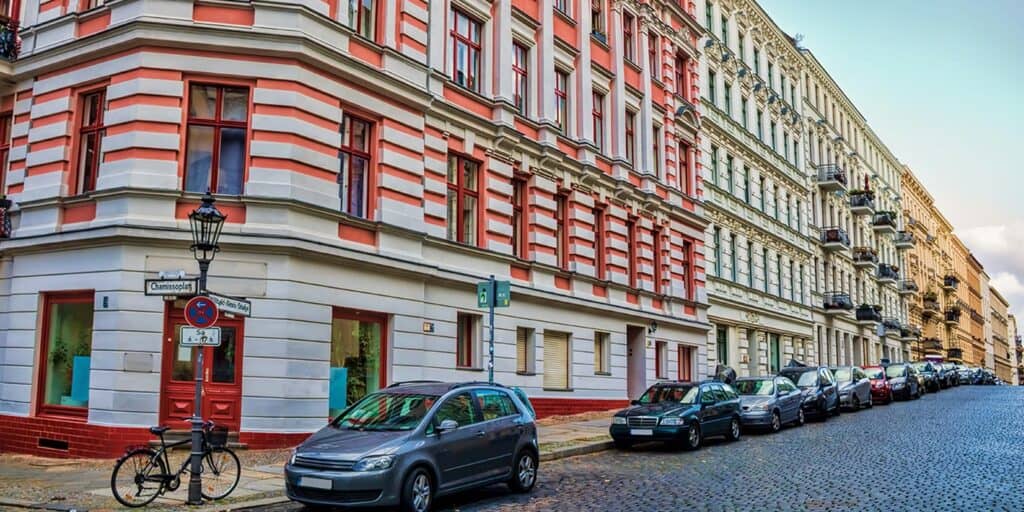
Sustainability is a term that is often linked to climate change. But there is such a thing as cultural sustainability, which refers to cultural beliefs and practices, heritage conservation, and the preservation of culture itself.
Modern buildings benefit from great advances in technology and technique, but something that was built hundreds of years ago is irreplaceable because the disappearance of materials, skills, and patrimonial knowledge means that it cannot be rebuilt in the same way again. This is why well-preserved heritage structures are priceless and will become even more valued as time passes.
In Italy, for example, some of the highest land values can be found around the vicinity of the Colosseum, because it’s an unmistakable and irreplaceable symbol of the city’s rich history. It all goes to show that proper maintenance of historical structures increases not just their own value, but the value of their surrounding areas, and also the economic and cultural wealth of the city as a whole.
In the Philippines, I have seen many heritage assets like this one, and there are many opportunities to preserve these historical centers and heritage structures—from the ancestral houses and public buildings in cities like Manila to historical structures and heritage landmarks in various provinces across the nation. In the immediate term, these structures lend their unique charm to a place. In the longer term, however, we are only beginning to see the immense value that they will hold for their host communities, and for the country, as cultural treasures and as anchors for the conceptualization of strong local identities that give rise not only to valuable cultural tourism but also deep pride.
Using old structures for revenue can help ensure that they will live for the future, instead of merely restoring them and leaving them unused. I’ve seen old buildings in Italy that have been renovated and are being reused as restaurants, pubs, libraries, hotels, and so on. The same concept can be seen in the Philippines in various heritage districts. It illustrates the advantages of welcoming private intervention to help bring back to life certain structures that have seen better days and to keep them alive with a new purpose.
Another interesting aspect of refurbishment or retrofitting is green restoration—a way to renovate heritage structures in accordance with green building principles and techniques. It’s a beautiful marriage between technology and history, resulting in charming structures that present plenty of interesting solutions. By combining the irreplaceable built heritage found in our cities with new ideas and techniques, the potential for cultural sustainability in the Philippines is vast.
Article and Photo originally posted by Property Report Ph last September 24, 2021 and written by Romolo V. Nati.







More Stories
Weekend wanderer: This walk in Manila is a trip to art and to our past
Enjoy no-frills camping in the great outdoors in Tanay
Landco Pacific raises the bar for premium resort and leisure living